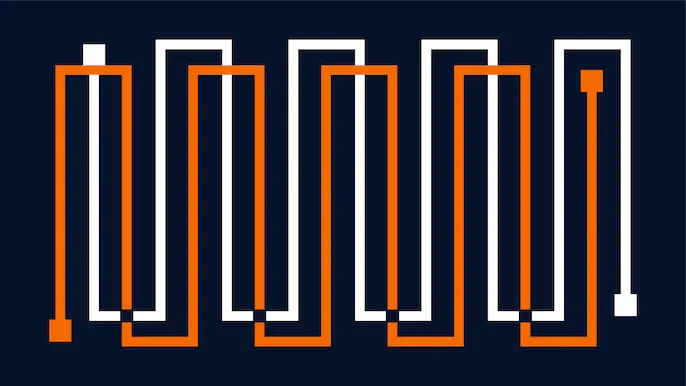
Mary Braunwarth
VP, General Manager - Major Finance
Mary Braunwarth is a trusted advisor working with Fortune® 500 organizations on decreasing their operational risk while increasing their security posture. Mary focuses on improving her clients’ security maturity by scaling and operationalizing their security testing and vulnerability management programs. Prior to NetSPI, Mary held leadership positions at Digital River and Rackspace and has multiple patents for digital marketing and asset management technologies.
Mary Braunwarth is a previous employee of NetSPI.
Mary Braunwarth is a previous employee of NetSPI.
More By Mary Braunwarth

Vulnerability Management
Six Reasons Why Vulnerabilities are Increasing, Despite Greater Cybersecurity Investments
November 1, 2022
Explore six factors driving an increasing number of vulnerability findings organizations globally are observing today despite expanded cybersecurity investments.
Learn More

Penetration Testing as a Service (PTaaS)
How Much Does a Penetration Test Cost?
September 7, 2022
Uncover the six core components that impact the average cost of a penetration test.
Learn More

Penetration Testing as a Service (PTaaS)
10 Questions to Ask Penetration Testing Companies Before You Buy
May 4, 2021
For help choosing the best pentest company for your organization, check out these 10 questions to ask during the RFP process.
Learn More

SC Magazine: Rethink your cybersecurity resiliency using a risk-based strategy
February 9, 2021
On February 9, 2021, NetSPI's VP of Strategic Accounts Mary Braunwarth was featured in SC Magazine.
Learn More

Partners
Leading Financial Institution Leveraged NetSPI Red Team Service to Improve Their Security Posture
November 1, 2019
In a report published by consulting firm West Monroe Partners, 40 percent of acquiring businesses said they discovered a high-risk security problem at an acquisition after a deal went through.
Learn More